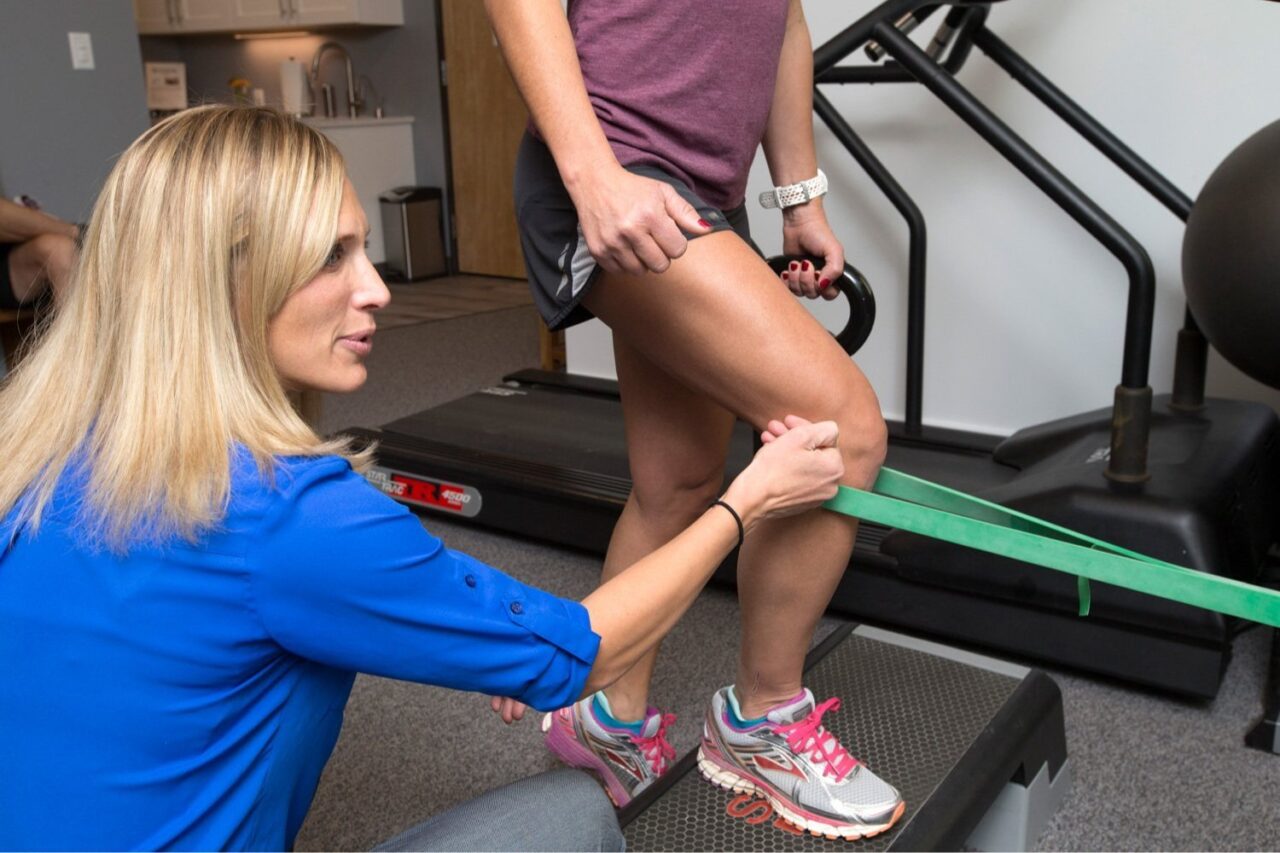One of the most common questions we hear at our physical therapy practice regards single-sided injuries. After breaking an arm or leg, for example, a patient will ask if they should be exercising the muscles on the “unaffected” side of their body. It’s certainly reasonable to worry about muscle loss on one side of the body, especially if the other side is getting most of the attention over the course of your recovery. While following an exercise regimen is always beneficial, research shows that exercising the unaffected side during rehab can also help the affected side.
The crossover effect describes the benefits on a given side of the body when the opposite side is exercised. As strange as it may sound, exercising one side of the body can improve balance, flexibility, strength, and power on the other—even though the latter didn’t technically do the work.
Researchers believe this is primarily because of neurological changes that occur in the central and peripheral nervous systems. Naturally, the crossover effect is especially beneficial for those who are unable to exercise one side of their body due to injury or surgery.
In one study, for example, researchers set out to determine the impact of exercising the opposite limb among individuals who had an immobilized extremity (Chen et al. Med Sci Sp Ex. 2023). The scientists immobilized the non-dominant elbow of 12 healthy participants after they underwent pre-immobilization testing of both arms, including strength and muscle size. Participants were then randomized to either serve in the control group or to perform five sets of six reps, twice a week, of eccentric or concentric bicep curls at up to 80% of their one-rep max.
After three weeks, all the participants completed the post-immobilization measurements. As expected, measurements had improved on the trained side after the short exercise period. Interestingly, though, the immobilized side also showed improved strength and less atrophy (muscle loss) compared to participants in the control group. Of the two exercise types, eccentric training showed greater improvements over the concentric bicep curls.
What does this mean for those who sustained an injury or underwent a surgery that affected one side of the body? Well, you can jumpstart your recovery by exercising the unaffected side until you’re ready to start targeting the affected area.
For help devising the best exercise plan, turn to Mend Colorado. Our experts will conduct a comprehensive evaluation and then discuss your goals—both short- and long-term—to gain a thorough understanding of your situation so we can devise a plan that gets you back to doing what you love. Reach out today to schedule a consultation.

